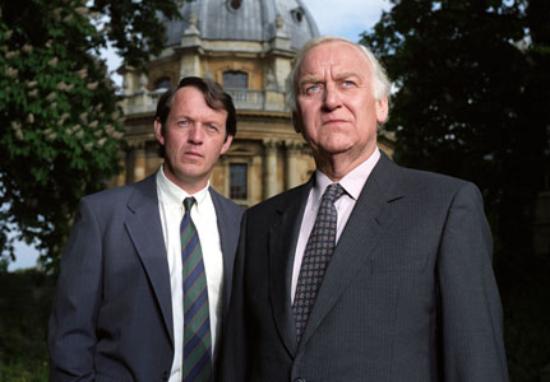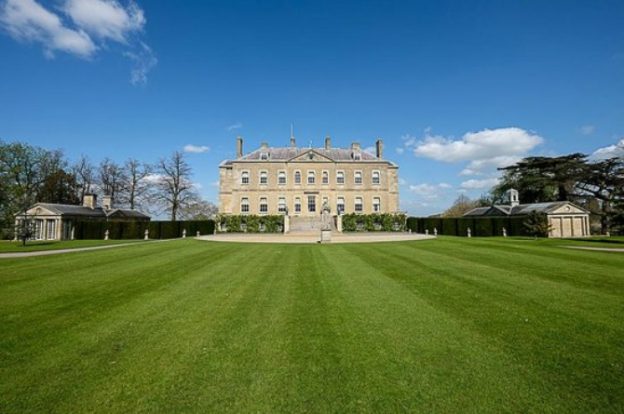On July 12th Alistair Lack led a group of members around various venues associated with the filming of the Morse series, and later the Lewis and Endeavour episodes.
He began by giving us some facts about the number of episodes involved, the scriptwriters, the composer Barrington Phelong and the relevant viewing figures. Kevin Whateley was by far the longest -serving actor, having been in all three series and for 30 years. An interesting addition to the information about personalities was that there was a close bond between Colin Dexter and John Thaw who played Morse. They enjoyed a mutual fondness for liquid refreshment in the Morse bar of the Randolph Hotel.
We began our tour outside St John’s College in St Giles, which was the fictional college attended by Morse. He failed to complete his degree course after an unhappy love affair. We stopped at St Michael’s Church at the Northgate which was associated with an incident when a victim was pushed from the top of the church tower. However we also learned that many scenes supposedly filmed in Oxford were actually filmed elsewhere, often on the outskirts of London. This was more convenient for the large numbers of crew involved, and kept costs down.
We were then taken into Exeter College grounds and the college chapel. This was the venue for Morse’s final scene when he heard his favourite piece of music, Fauré’s Requiem. He was then filmed collapsing outside having suffered a fatal heart attack.
We were also told that allowing filming was much more popular with some colleges than with others, although it was a welcome source of revenue. After a brief stop outside Walter’s in the Turl which features in one episode, we finished our tour outside the Sheldonian which played a part in the most watched Morse episode of all.


